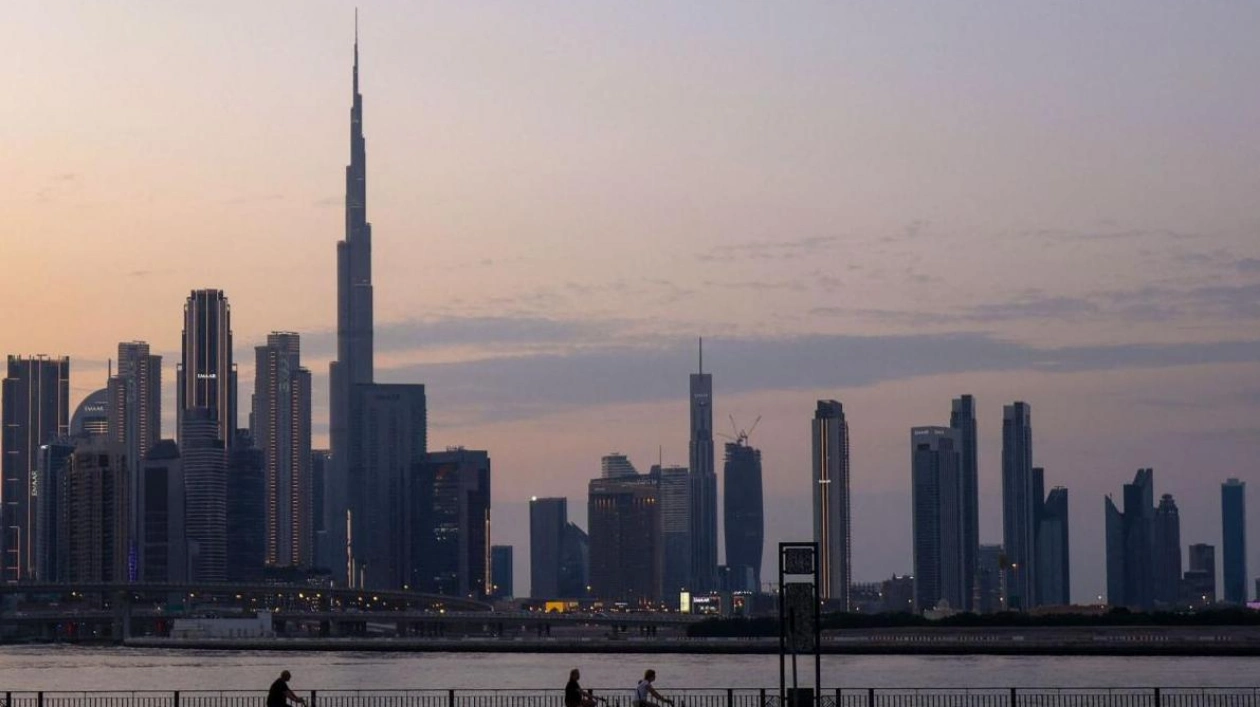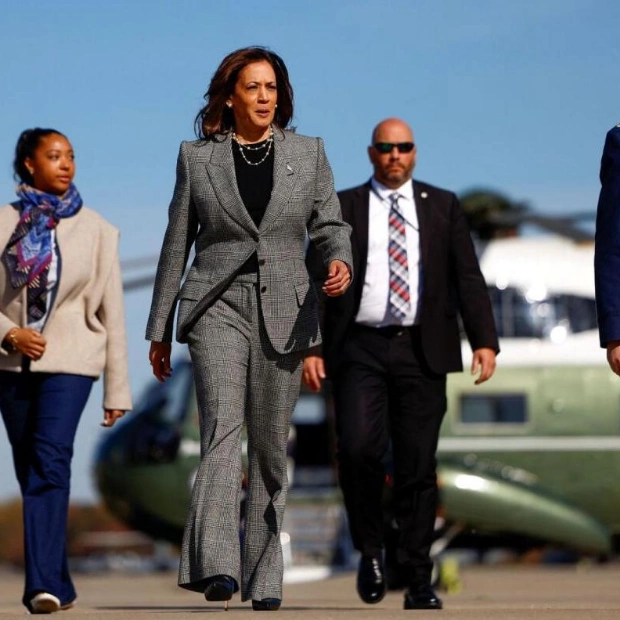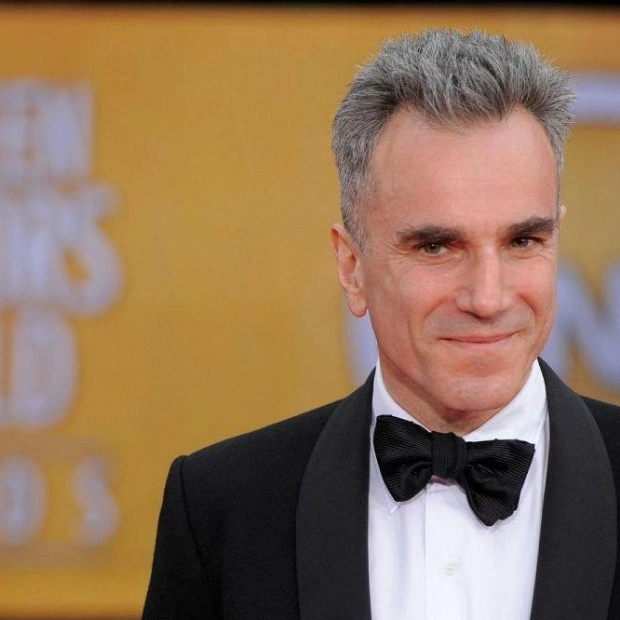An image captures individuals cycling against the backdrop of Dubai's skyline, featuring the Burj Khalifa, the world's tallest building. — AFP file
Residents of the UAE can anticipate additional reductions in their mortgage costs as the UAE Central Bank recently adjusted its key rate. On Thursday, the central bank reduced the base rate tied to the overnight deposit facility (ODF) by 25 basis points, from 4.90 per cent to 4.65 per cent, effective from Friday, November 8. This move followed the US Federal Reserve's decision to decrease the target range for the federal funds rate by 25 basis points to 4.5 to 4.75 per cent. The Fed attributed its decision to improved labor market conditions, economic growth, and lower inflation. Since the UAE dirham is pegged to the US dollar, the UAE closely follows US monetary policy. With lower rates, loan costs will decrease, making mortgages, car loans, and personal loans more affordable, according to analysts.
Gold prices rose by over 1.7 per cent following the Federal Reserve's widely expected 25 basis point interest rate cut. Mohamed Hashad, chief market strategist at Noor Capital, noted that while the market had largely anticipated this move, the Fed's recognition of economic uncertainty and balanced risks enhanced gold's appeal as a safe-haven asset. The Federal Reserve's monetary policy significantly influences gold prices; lower interest rates typically weaken the US dollar and increase gold demand as an inflation hedge and safe-haven asset. Conversely, higher interest rates tend to strengthen the dollar and diminish gold's appeal. Hashad suggested that a break above $2,700 could target the 20-day simple moving average at $2,716 and potentially reach $2,750.
Additionally, analysts predict that Donald Trump's victory in the US presidential election will likely boost the region's economy. Vijay Valecha, chief investment officer at Century Financial, explained that Trump's proposed tariffs on imports could strengthen the US dollar by reducing spending on foreign goods, benefiting GCC currencies like the Saudi riyal and the UAE dirham. A stronger dollar resulting from Trump's protectionist policies would also attract more foreign investment to the GCC region. Furthermore, with Gulf countries actively working to enhance their non-oil economies, sectors are expected to grow, with the UAE's non-oil sector projected to expand by 5.2 per cent in 2024 and Saudi Arabia's non-oil sector growing by 4.2 per cent year-over-year.
Moreover, given Trump's pro-fossil fuel stance, he is likely to focus on improving the US energy market by increasing domestic oil production. Valecha noted that his hardline approach on certain geopolitical issues might elevate the risk premium in oil, leading to a muted impact on the commodity in the medium term. Financial markets responded by extending popular 'Trump trades'—pushing up bond yields, the US dollar, and equity futures—as investors anticipate higher chances of Trump implementing his policy proposals. Guy Stear, head of developed markets strategy at Amundi, cautioned that full implementation of Trump's extensive tariff proposal would result in no winners in a world of heightened trade uncertainty and protectionism. US equities will face conflicting forces, but deregulation and industrial policies under Trump 2.0 will likely benefit sectors such as banks and small/mid-caps, Stear added.
Source link: https://www.khaleejtimes.com






